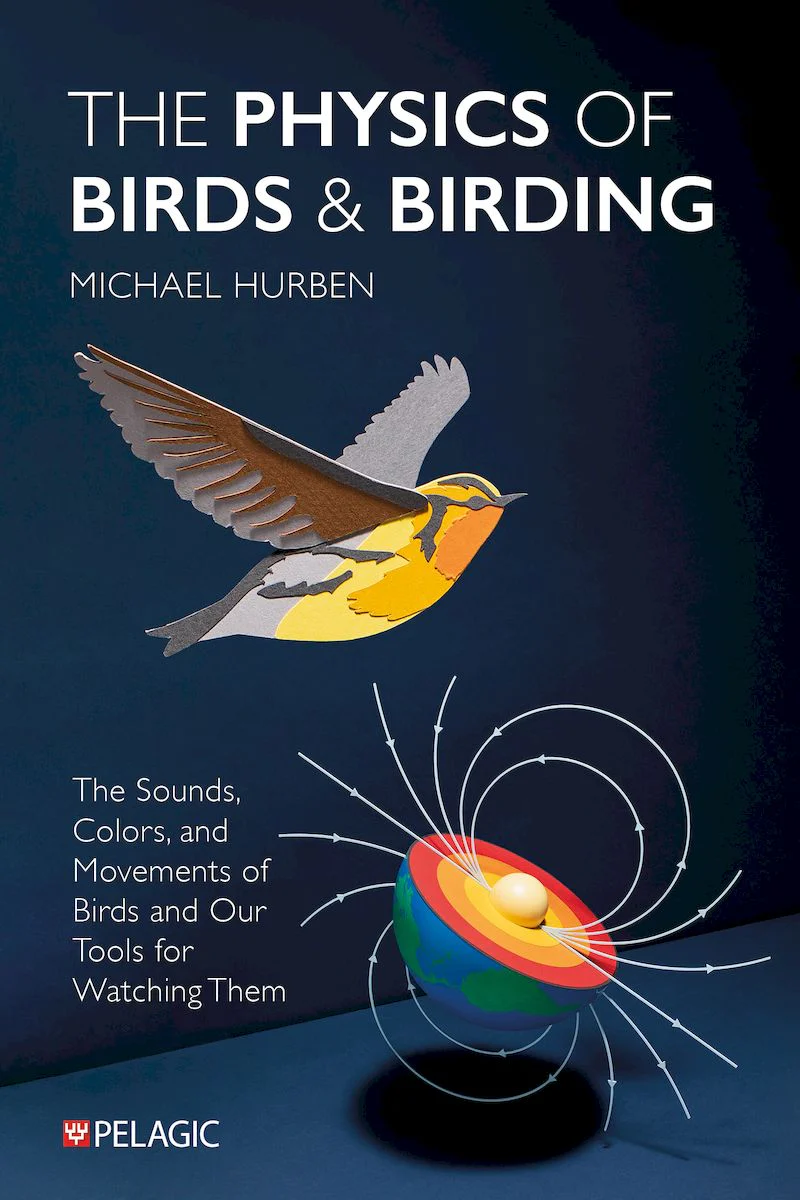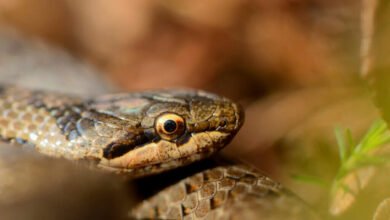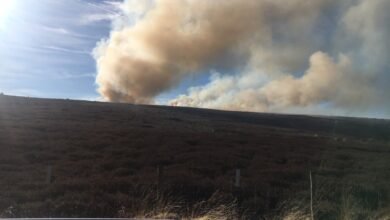
Like many biologists, I have a dose of physics-envy born out of fear of physics. At school, I could cope quite well with mechanics because that felt like snooker writ large but when it came to forces, energy and electricity it all was a bit much for me. And so it was with mixed feelings, of hope and nervousness, that I turned to this book which promised to make the physics of my main hobby more understandable.
I am grateful to the author for doing such a good job. He is a birder and has seen about half of the world’s birds and is a physicist by training. He writes superbly well. Chapter 5 is ‘By a Forest Pond: Impacts, Waves and Sounds‘ and the first sentence is ‘A plunging kingfisher forces us to reckon with the three familiar states of matter; solid, liquid and gas‘. And yes, now the author mentions it, it does, as we contemplate a solid bird which switches from being miraculously in flight in the (apparently empty) air to diving into the liquid water. The rest of that first paragraph is very engaging and then we are off on a discussion of what happens when the bird enters the water, a much denser medium than air and the front of its body slows down while the tail end is still passing through the thin air at a greater speed. How do birds such as kingfishers minimise the potentially damaging consequences of compression? I could give you a garbled account now but you’d be better off reading this chapter which will take you on through ripples, sound waves and the working of birds’ syrinxes. It’s masterful and I will think of it the next time I see gannets plummeting into the sea. I might even come back and read these passages again.
I say this book is masterful but how can I judge? The author is telling me about things I don’t know about and it feels as though he is doing it honestly and well. I’m glad I don’t have to sit an exam on this subject but if I did I have a feeling that this would be the textbook I would rely upon most heavily. While one is reading the page it feels as though the author is taking the reader by the hand and carefully guiding them to a better understanding. We feel the author is on our side.
There are a dozen chapters that deal with different aspects of physics but all linked very closely to your familiar birding experiences. We can learn about thermoregulation (heat), migration (magnetic fields), feathers and leaves (fractals) and also about the optics of our scopes, binoculars and cameras.
Those who explain the complexity of the world, without departing from the truth, and in ways that take us with them and bring us closer to understanding, are rare indeed. The author of this book is such a person. Those 5000 bird species have been seen despite the author being legally blind as he has a genetic condition that restricts his field of view to roughly the size of a fist held out at arm’s length.
Many of the books on nature that I read are somewhat similar in outlook and content and they are differentiated in my mind by how well they describe what nature means to the author, or the biology of species, or the ways in which the world needs to change to protect wildlife better. This book is different in that, in many ways it demands more of the reader (after all, this is physics!), and the reader has to get their brain in gear to get the most out of it.
Would I have read this book if I hadn’t been sent it to review? Probably not. Am I glad I opted to see it, partly with the thought in my mind that it would do me good gently to confront my fear of physics? Very much so. Would I recommend that you read it in one sitting? Not at all, but if you start reading this book I think you may well devour several chapters in a short time and come back both to them and the previously unread chapters as time passes.
Few people could write a book on this subject and very, very few could do it anything like as well as this author. As you can see from the cover, the book is written in American English.
The cover? It has a bird, a stylised Blackburnian Warbler in fact, and our planet with its magnetic field, and those capture the essence of the book pretty well. I’d give the cover 8/10.
The Physics of Birds and Birding: the sounds, colors and movements of birds and our tools for watching them by Michael Hurben is published by Pelagic.
[registration_form]
Source link




